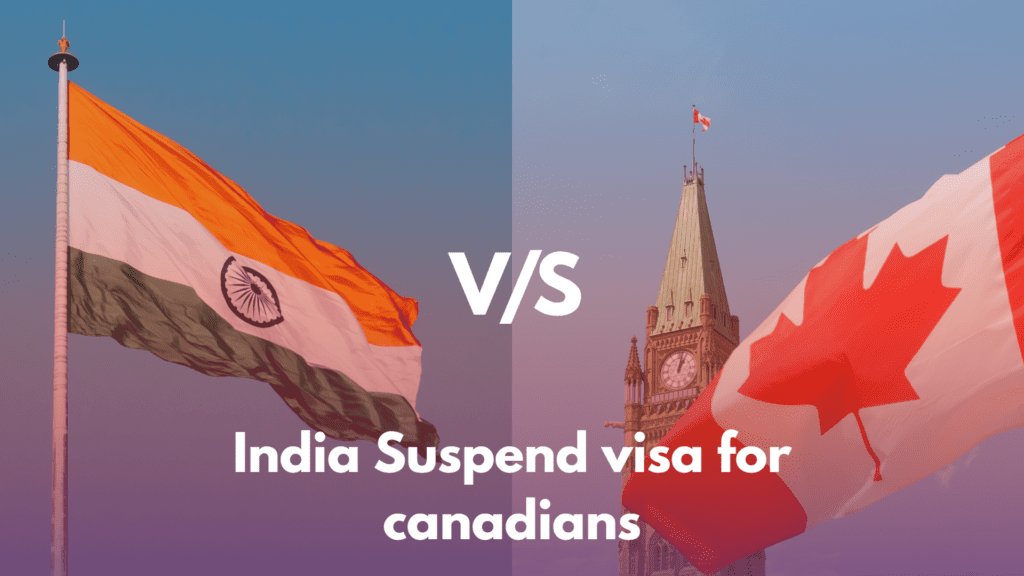In the heart of the City of Angels, a string of chilling murders targeting the homeless has cast a shadow over the vibrant streets of Los Angeles. The recent apprehension of the suspect, 33-year-old Jerrid Joseph Powell, offers a glimmer of relief, but the wounds run deep, exposing the vulnerabilities faced by the city’s homeless population. This blog delves into the unfolding narrative, from the initial shockwaves to the city’s collective sigh of relief, while highlighting the urgent need for systemic change to protect the most vulnerable among us.
The Nightmare Unfolds: A City Gripped by Fear
The terror began on November 26th when the lifeless body of 54-year-old Albert Skidmore was discovered near Venice Beach. Two more victims, Lloyd Phayer, 53, and Anthony Lowe, 47, met a similarly tragic fate in different parts of the city on November 28th and 29th, respectively. The targeted demographic and calculated efficiency of the killings pointed to a single perpetrator, escalating the fear and panic across Los Angeles.
A Community in Crisis: The Homeless Population’s Struggle
As the news spread, the homeless community in Los Angeles, already marginalized and struggling, faced heightened fear and uncertainty. Shelters experienced a surge in occupancy, and outreach workers battled to provide comfort amidst the growing crisis. The Los Angeles Police Department (LAPD) responded with urgency, deploying additional patrols and issuing warnings to those sleeping on the streets.
A Suspect Emerges: Jerrid Joseph Powell
The breakthrough came on December 2nd when Powell was apprehended during a routine traffic stop in Beverly Hills. The firearm found in his car matched the description of the murder weapon, linking him to the recent spate of killings. Powell, already in custody for a separate murder in San Dimas, became the focal point of the investigation.
Connecting the Dots: Powell’s Disturbing History
The investigation uncovered Powell’s extensive criminal history and a pattern of violence, raising questions about potential links to other unsolved crimes. Authorities are diligently exploring whether Powell acted alone and if there are additional victims, delving into the motive behind these heinous acts.
Suggested: U.S. Border Officials Temporarily Close Lukeville Port of Entry Due to Migrant Surge
A City in Mourning: Remembering the Victims
Albert Skidmore, Lloyd Phayer, and Anthony Lowe were not just statistics; they were individuals with stories, dreams, and loved ones. Skidmore, a former Marine, was known for his infectious smile and willingness to help others. Phayer, a musician, brought joy to those around him with his love of playing the guitar. Lowe, battling addiction, was striving to rebuild his life. The city mourns their tragic loss, with makeshift memorials of tents adorned with flowers and messages of grief and love.
Beyond the Headlines: A Call to Action
While Powell’s arrest offers temporary relief, it sheds light on the broader issue of homelessness in Los Angeles. The city must address the systemic challenges faced by the homeless, emphasizing:
- Increased Mental Health Resources: The homeless population requires enhanced mental health services and support.
- Enhanced Security Measures: Areas with high homeless populations need improved security measures to ensure the safety of vulnerable individuals.
- Tackling Root Causes: Efforts to address poverty, addiction, and the lack of affordable housing are essential to preventing future tragedies.
- Confronting Discrimination: Systemic discrimination and prejudice against the homeless community must be tackled head-on.
Los Angeles, a City of Healing
The apprehension of Jerrid Joseph Powell marks the end of a nightmarish chapter, but the healing has just begun. The city must transition from fear to vigilance, implementing concrete measures to protect its most vulnerable residents. Calls for increased police presence, improved mental health resources, and safer spaces for the homeless echo through the streets.
Mayor Karen Bass emphasizes a time for healing and reflection, pledging to support the vulnerable and prevent such horrors from occurring again. The collective will of the community must drive lasting change, transforming Los Angeles into a city where everyone feels safe and valued, regardless of their circumstances.
Conclusion
The recent tragedy in Los Angeles has not only exposed the vulnerability of the homeless but has also ignited a call to action. The city, known for its resilience, is faced with an opportunity to address the root causes of homelessness and create a safer, more compassionate environment for all. As the City of Angels heals, let us remember the lives lost and strive to build a future where fear transforms into action, compassion into change, and Los Angeles truly becomes a city for all its residents.









